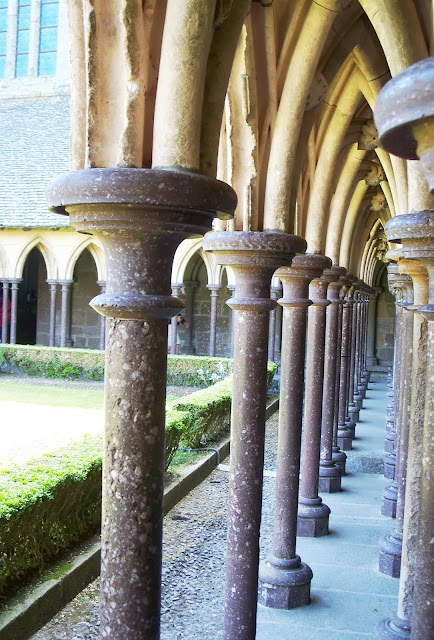Never one to let an opportunity for a pithy comment pass, I noted on my Historical Dilettante Facebook page that I hoped the Royal Baby smelled better and would live far longer. (I also stated that I thought both baby and bloom should be named George. The Cambridges took my advice. I don't think the Conservatory named its flower).
What the rest of the world can do, Pittsburgh can do better. Okay, so we can't birth a royal baby, true. But behold, the titan arum of Pittsburgh has bloomed at Phipps Conservatory in Oakland!
When the corpse flower blooms, it heats up to human body temperature and emits a fragrance redolent of rotting meat. The putrid smell is most potent at night into the early morning. In the wild, this combination of heat and smell attracts pollinators. Flesh flies, dung and carrion beetles will travel long distances to take a whack at pollinating the plant. The bloom lasts at most 24-48 hours and then wham-bam-thank-you-ma'am, show's over.
An individual corpse flower could bloom as often as every few years, but longer waits are more typical. The unpredictable nature and short duration of the bloom are what make it so exciting.
Well, that, and the stench.
The Pittsburgh corpse flower was acquired in 2010 and is the first to ever bloom here. Phipps' horticulture curators have been on Corpse Flower Watch the last few weeks, tweeting and posting status updates as to the ETB (estimated time of bloom). I was personally hoping for something like the convenient color-coded Homeland Security Advisory System scale:
Blue: Nothing to see here, check back in 7 yearsBut alas, I think the good folks at Phipps were too busy making punny signs to work up such a warning scale. That, and concocting (and maybe sampling) fancy mixed drinks in the bar for patrons to sip on whilst waiting on line to view the plant.
Yellow: Corm engorging, privacy please
Orange: Corm about to blow, take cover
Red: OMG, OMG, it's in bloom! Alert the dung beetles and flesh flies! Hide yo' kids, hide yo' wife!
Because that line was long. Drinks were necessary.
Here's what happened. After days of monitoring the situation, late this afternoon the word went out over social media: BLOOM!
So I piled kids and camera in the car around 9 PM on this night of a blue moon. We headed over to Phipps to catch a glimpse and a whiff, along with a thousand other people. Phipps Conservatory made plans to stay open until 2 AM for the bloom duration in order to allow maximum visitation...plus it had tons of commemorative t-shirts to sell.
Unlike its cousin in DC, Pittsburgh's corpse flower has a cool name: Romero. That's in honor of film director, screenwriter and editor George Romero, known for films about the inevitable zombie apocalypse. His 1968 cult classic Night of the Living Dead was filmed in the Pittsburgh area. So as a nifty tie-in, Phipps Conservatory planned to provide multiple showings of the Romero film in honor of the Romero flower.
I was relieved there were no zombies in the crowd. Then again, you never know with zombies. They very well might have been lurking. Gah.
We wondered if the gift shop might sell little bottles of Eau de Romero, but no such luck. Capturing the essence of corpse flower and packaging it is probably a job for the biological weapons industry.
Okay, so, right, I know what you want to know: did the corpse flower smell like rotting flesh? Uhm...maybe? The thing is, I have no basis for comparison. I can tell you that my kids believe the corpse flower smells like a month's supply of fresh dog poop, particularly if your dogs like to eat really stinky dog food and maybe even each other's poop. I'm sorry Blogger doesn't offer a scratch-n-sniff plug-in so you could make your own determination about this.
Since I try to keep this blog vaguely history-related, I could conclude with some well-crafted philosophical musings. Like, how historical events are as ephemeral as the short-lived bloom cycle of the corpse flower but their impact lasts longer than the bloom's putrid smell lingers in the nostrils. But I won't. That would be taking this stuff way too seriously.
So here's the take-home message: I dragged myself out in the middle of the night to smell a weird-looking plant that reeked of poop. That is all.
Thanks, Phipps, for making it happen.
___________________________________________
Links:
Corpse Flower Romero Blooms at Phipps
Phipps Conservatory










